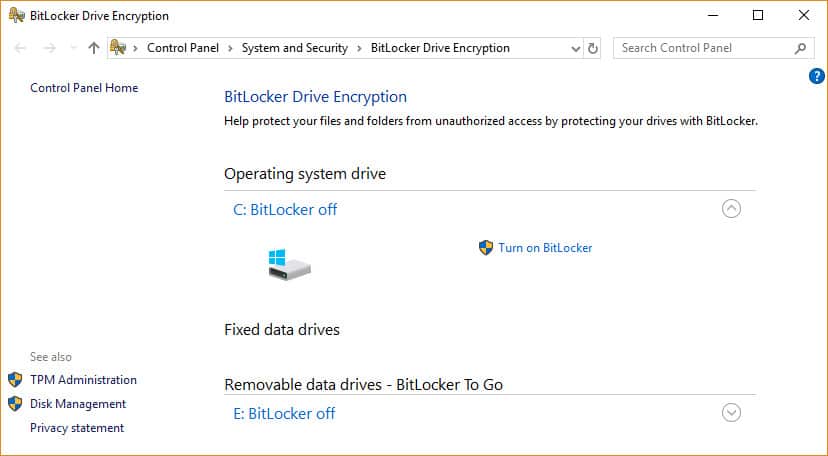

Protect files easily by dragging and dropping Upon launching SecretFolder, you're prompted to establish a password-your first line of defense against unauthorized access. Navigating the intuitive layout is a breeze, eschewing the need for help manuals or online tutorials. Enter SecretFolder-a sleek, featherlight software designed to shield your most confidential files with password protection, cloaking them from prying eyes.

In the vast digital landscape, safeguarding sensitive data is paramount. Of course, they would not be able to open any of the files without the password.Advertisement Encrypt and hide private information in a secure vault protected by a master password.Īllows you to hide files or folders from other users and password-protect them on NTFS, FAT32 or exFAT filesystems. If the file names provide sensitive information, a thief could take advantage of that. One more problem with encrypted ZIP files: No matter which form of encryption you use, anyone with access to the files can see the name of the files within the archive. You’ll find these options near the lower-right corner of the dialog box. To encrypt an archive in 7-zip, once you’re at the Add to Archive dialog box, enter a password and select the Encryption method AES-256. Email someone an AES-encrypted file, text them the password (safer than emailing it), and if they try to open it in Windows Explorer or File Explorer, they won’t be able to open any of the files within the archive.įortunately, most third-party zip tools, including the free 7-zip, support AES-256. Assuming you use a strong password, it’s for all practical purposes unbreakable.īut when you use it for ZIP archives, AES-256 comes with another problem: Windows’ own, built-in compression tool doesn’t support AES. It’s a popular and extremely strong encryption technique used in many programs. Unlike ZipCrypto, AES was not designed for ZIP files. You’d be far safer using the other option, AES-256.


 0 kommentar(er)
0 kommentar(er)
